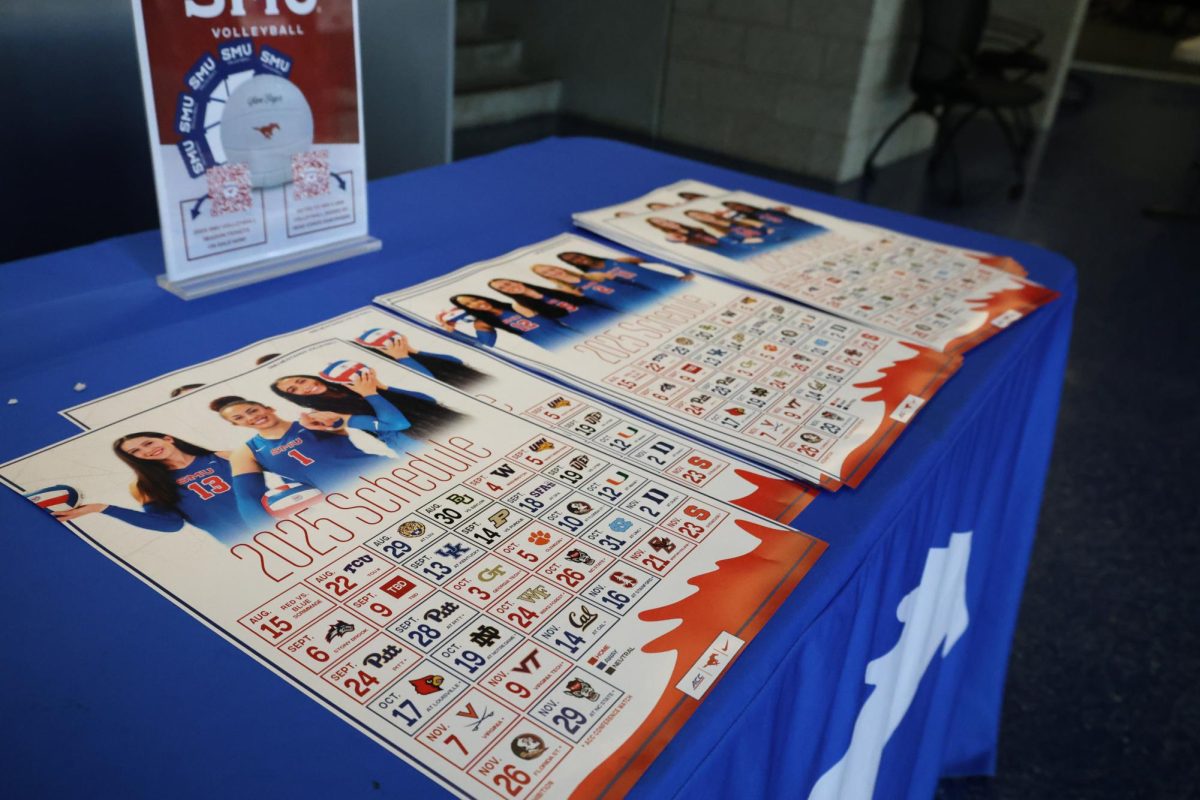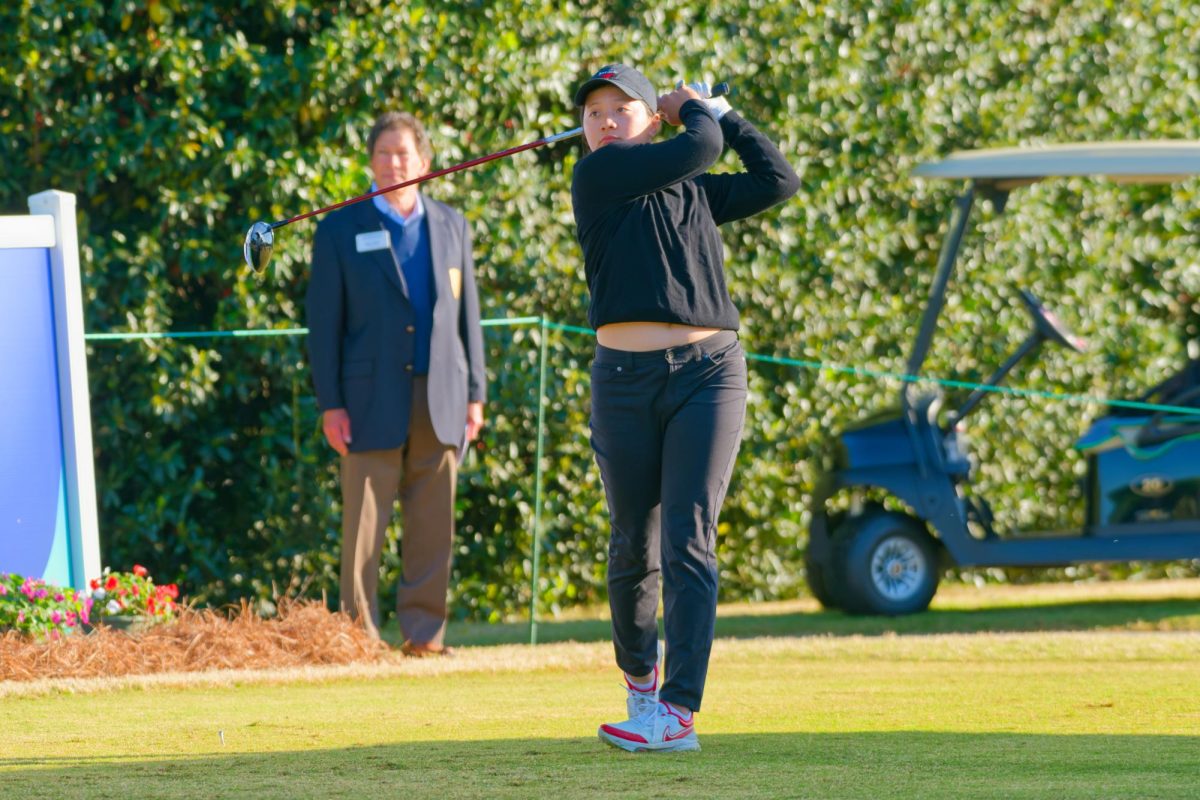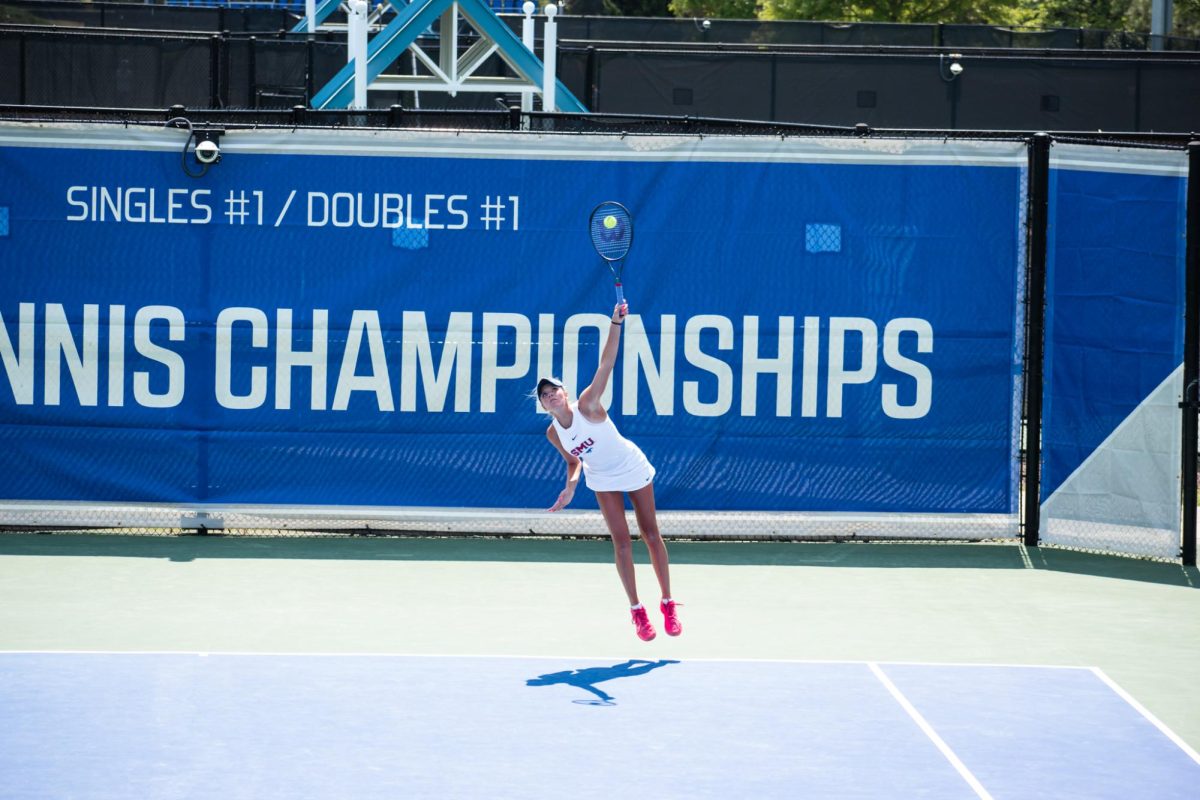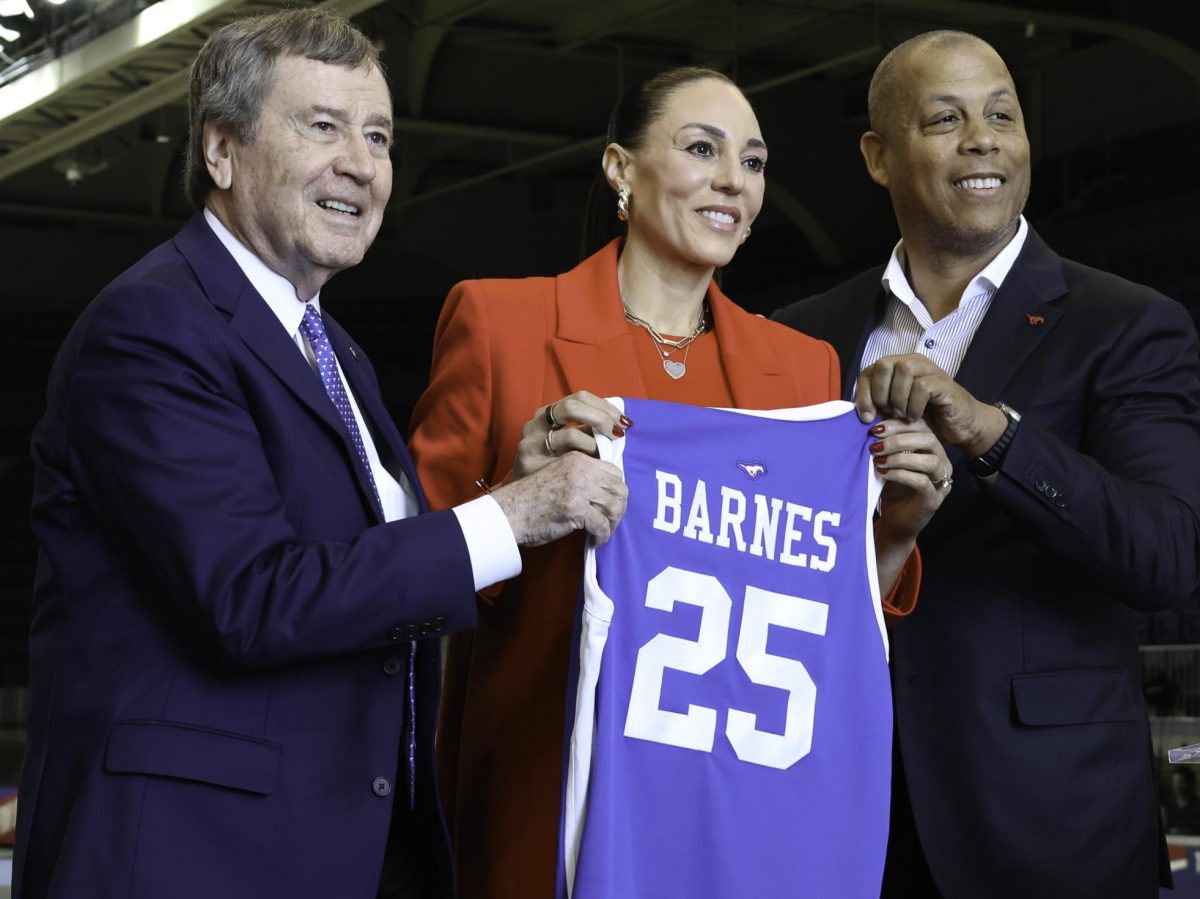SMU announced Friday that it won’t appeal the NCAA’s postseason ban, ending any speculation that the school would appeal and drag out the process long enough to play in the NCAA tournament this year.
This means that a loaded SMU team coming off the AAC regular season and conference tournament titles won’t get a chance to avenge last year’s heartbreaking March Madness loss to UCLA. It’s tough to swallow. But SMU fans need to understand one thing: it’s the right move.
It sounds crazy and stupid. Fighting the ban and giving this team – perhaps the best team SMU has had in a long time – a chance to make a run in the NCAA tournament seems like an easy call, yes? Well, it’s not, for a number of reasons.
First and foremost, this is a saga that SMU has dealt with for a long time and has grown tired of it. The academic fraud at the center of the NCAA investigation took place in the summer of 2013. The NCAA interviewed guard Keith Frazier and head coach Larry Brown about possible academic infractions in the summer of 2014. The NCAA held a hearing with SMU officials in June 2015. SMU took the chance to move on and finally end any uncertainty.
“We have to look at the bigger picture for our basketball program,” Brown said in a letter to the SMU community. “The cloud of the NCAA process would continue to impact our current and potential future student-athletes. Our focus must be on moving forward.”
Moving forward involves thinking long-term. Appealing the ban and risking it being pushed to the 2016-17 season is the worst-case scenario for the program. Pushing the ban back would allow team members to freely transfer elsewhere, which would decimate the roster. Recovering from such a mass exodus would be grueling because recruiting players to willingly come into that spot is extremely difficult, especially because SMU doesn’t have a long history of success and doesn’t play in a major conference. In the grand scheme of college basketball, a NIT championship appearance, AAC titles and one NCAA tournament appearance doesn’t stick out enough. And recruits don’t care about what SMU did in the 1960s, ‘70s or ‘80s.
Taking the ban this year would greatly reduce the risk of a mass exodus. It would force players who want to transfer at the end of the year to sit out a year. Players can transfer and play immediately when their team is handed a postseason ban. Any player that SMU recruits won’t have to sit through a ban, which means SMU won’t really have to change its recruiting pitch.
While handing down the ruling in late September (after classes had started everywhere) unfairly trapped the seniors from seeking one last shot at an NCAA tournament, it actually did SMU a favor by preventing its younger players from transferring. SMU couldn’t afford to give them any opportunity to transfer again.
Thinking that SMU should go championship or bust this year because “the team won’t be as good next year” isn’t thinking long-term. SMU has put ample money into the basketball program, so expecting to build a program that will have consistent success is realistic.
Finally, SMU won’t win an appeal. So why waste the time? SMU admitted academic infractions. As SMU President R. Gerald Turner explained in his statement on not appealing, the level of infractions reported mandate a one-year ban. That’s not negotiable. SMU’s appeal pitch is basically “we did something wrong, but you were too harsh.” Good luck winning an appeal with that.
SMU will appeal the duration of scholarship losses, recruiting restrictions, vacated wins and the golf postseason bans. It will fight the penalties that are reasonable to fight, and take the hit where it has to.
Even with the ban, SMU basketball’s future is promising. Larry Brown said he’s not going to leave, and promising young players like Shake Milton, Sedrick Barefield, Semi Ojeleye and Jarrey Foster are much more likely to stick around if the team just moves forward. The future stretches well beyond this season, so all the SMU community can do is accept it and continue to support the team.









